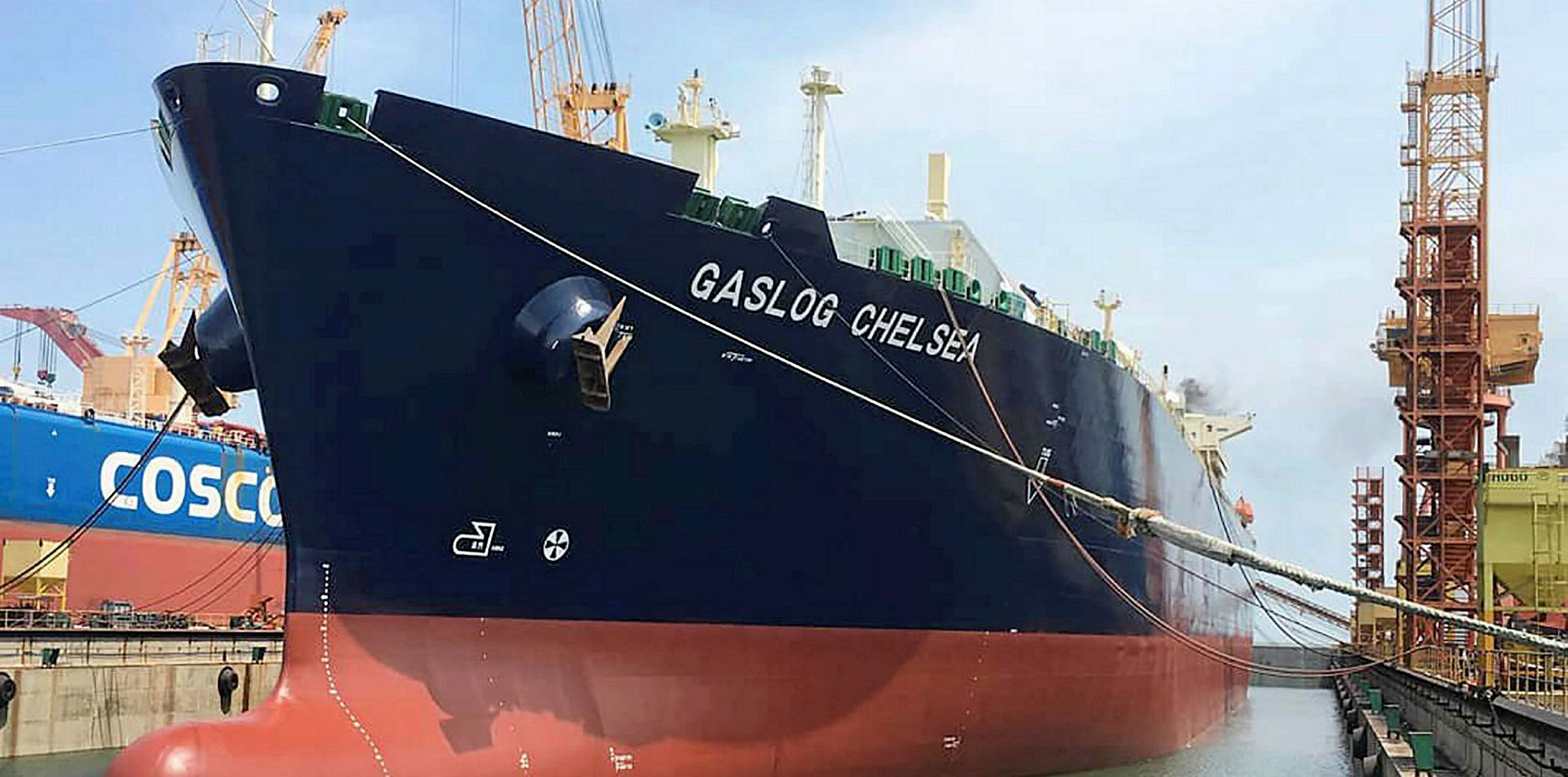GasLog has raised NOK 900m ($98.4m) from five-year senior unsecured bonds, the company has confirmed.
The bonds, which are due to mature in November 2024, will carry a coupon of three months NIBOR + 6.25%, the company said.
This is said to represent a reduction of 0.65% compared to the margin of 6.90% on the current GLOG02 bond which is due to mature in May 2021.
Net proceeds from the latest bond issuance will reportedly be used for general corporate purposes and prepayment of debt.
DNB Markets, Nordea and SEB acted as joint lead managers for the offering. GasLog said it will look to list the bonds on the Oslo Stock Exchange.
GasLog said the latest bonds will mature at a time when it anticipates that the LNG market will be “going through a period of strong growth”.
Wood Mackenzie forecasts that approximately 80 million tonnes of new production capacity is scheduled to come on line in 2023 and 2024.
In connection with the placement of the new bond issue, GasLog said it acquired approximately NOK 315m of the GLOG02 bonds.
The Monaco-headquartered owner first revealed that it was looking to tap the bond market for fresh finance last week.
However, investors reacted badly to the news sending the shares down an initial 14% with analysts suggesting that they might be concerned about other potential liquidity deficits.
Shares in NYSE-listed GasLog are down by over a third in little more than a week, closing at $9.60 per share on Thursday night.
However, Cleaves Securities head of research Joakim Hannisdahl recently said that the shares “look attractive” following the sell-off.
“LNG shipping stocks have taken a beating lately, with our LNG share index down 45% year-on-year,” he said.
He attributed the declines in share prices to several factors including high natural gas inventories at importers such as Europe, which is currently utilizing almost 98% of available storage capacity, which is up almost 11% year-on-year.
He also highlights weaker demand growth in Asia, which this year is forecast to be just 6%, far below the recent average of 11%.
Hannisdahl said that while China continues to grow rapidly, the US-Sino trade war is “relatively negative” for tonne-mile demand.
He forecasts a cyclical peak for the sector in the fourth quarter of 2020, with potentially weaker earnings in 2021 and 2022.






